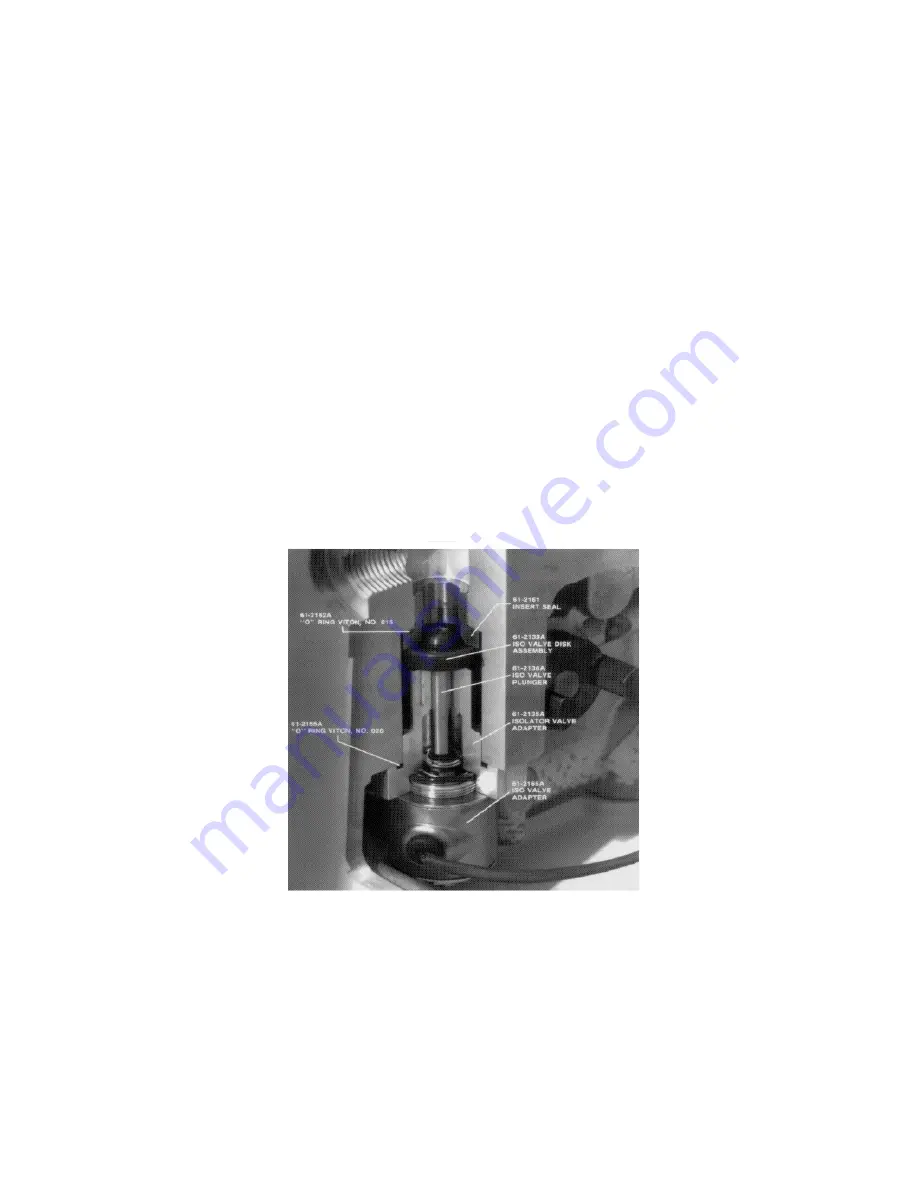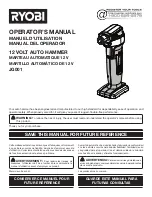
11
2.7 Pump Lubrication
To ensure efficient operation and proper maintenance, and to minimize noise and oil vapors, it is important to use
the correct type and quantity of oil. DIRECTORR® Premium Vacuum Pump Oil has been especially developed
to have the proper viscosity, low vapor pressure, and chemical stability needed to produce peak pumping
efficiency. The ultimate vacuum guarantee on this pump applies only when DIRECTORR® Premium oil is used.
Each pump is supplied with a bottle of oil sufficient for filling. Additional oil is available. See Section 9 –
Accessories for sizes available.
Oil is fed into the pumping chamber by the differential pressures created by the rotation of the pump. Oil metered
into the pump through a narrow opening is sufficient to lubricate and seal the moving parts, permitting the
pumping of gas at relatively low pressure levels.
2.8 Intake Isolation Valve Models
Cat. No. 8890A-55, 8890C-56 and 8890C-57 Vacuum Pumps have a solenoid-operated isolation valve in the
pump intake. When power to the pump is turned off, this valve closes automatically, maintaining vacuum in the
system being evacuated, and vents the inside of the pump to atmospheric pressure. The solenoid is wired to the
pump’s ON/OFF switch. When the pump is turned on, the spring-loaded solenoid plunger is pulled down, but the
isolation valve remains held against the pump intake by the pressure differential between that of the pump and
chamber. After a very short time, the pressure of the pump equals the pressure in the chamber, at which time the
isolation valve drops due to its own weight, opening then take of the pump to allow gas to flow into the pump
again. Figure 2.4 illustrates the components of the valve.
Figure 2.4
Intake Isolation Valve,
Cutaway View
2.9 Exhaust Filter
Any oil-sealed vacuum pump tends to discharge oil mist from its exhaust port when the pump operates under high
flow conditions, such as when the pump’s intake is at or near atmospheric pressure. Typically, oil mist in the
form of a white puff of “smoke” can be seen from the exhaust port when no filter is used. Once the vacuum level
and the corresponding air flow through the pump are reduced, very little, if any, oil mist will be emitted. An
exhaust filter is recommended when the pump operates at relatively high intake pressure for any length of time.
Oil droplets entrained in the pump’s exhaust are removed by the exhaust filter element. Use of an exhaust filter
typically reduces or baffles pump noise as well. Exhaust filters are sometimes referred to as Oil Mist Eliminators,
or as Smoke Eliminators. A Model 8817 Exhaust Filter is furnished with each pump. See Section 10-Accessories
for a selection of additional filters available.
Содержание 8890
Страница 19: ...19 TROUBLESHOOTING 6 4 Trouble Shooting Guide ...












































